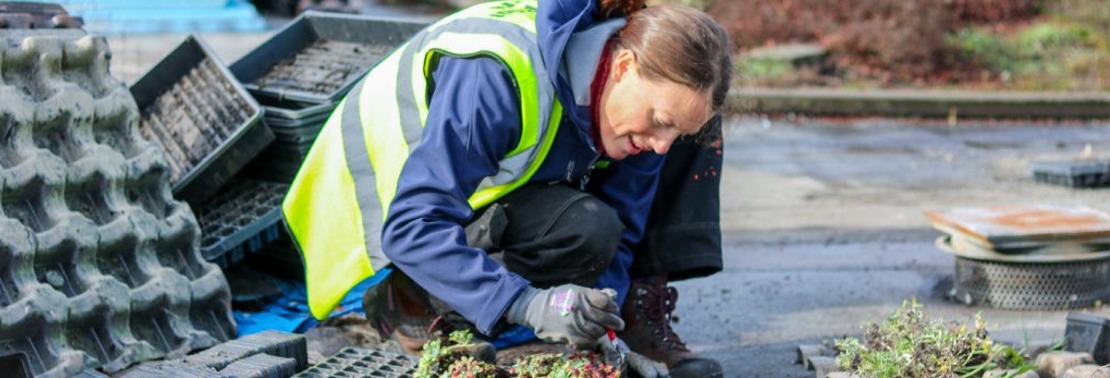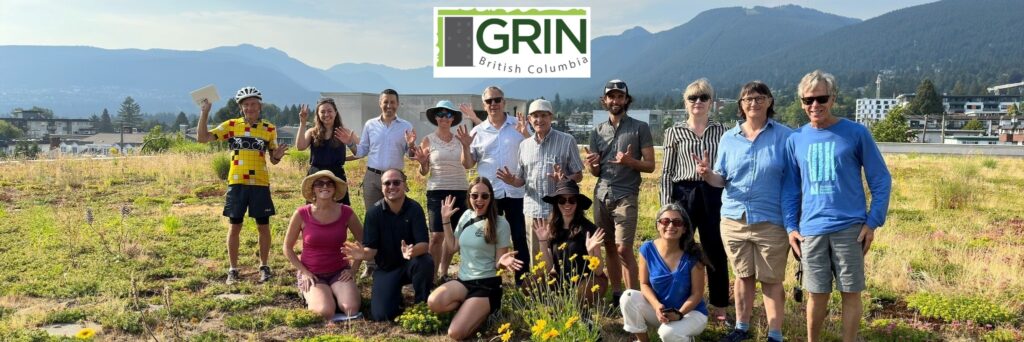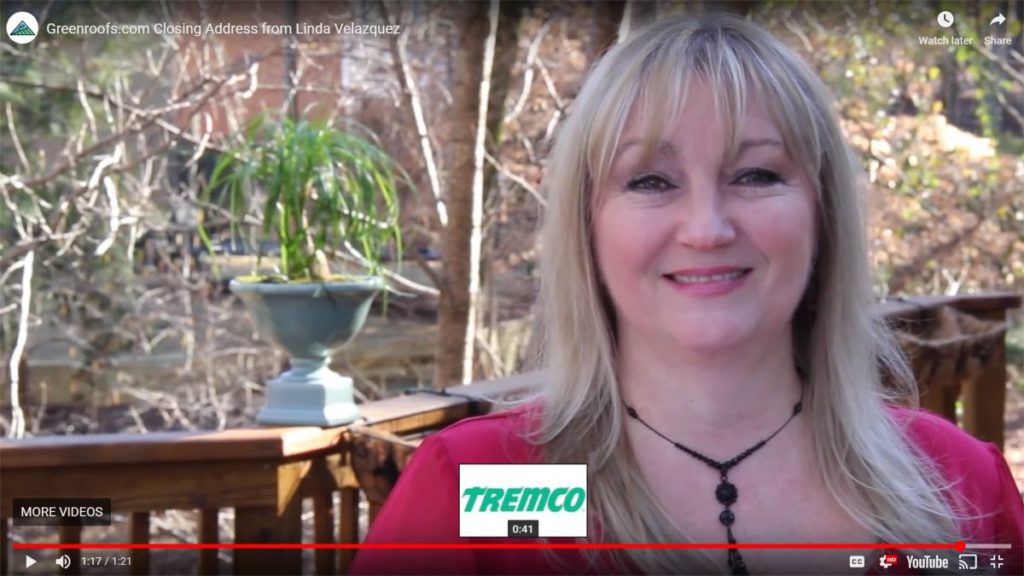Sean Murphy of LINK Magazine writes:
Across from NE1, students are on a roof, frantically planting as many ferns as they can. There’s a deadline to be met today and Dr. Christine Thuring has been racing it from the beginning. As she leads them, she quizzes them to keep their spirits up. “How many species of bees do you think there are in BC?” she asks to no one in particular, but everyone is clinging to it. “I don’t know… 39?” says a voice. She smiles. “No, over 400!” Green roofs can act as hosts for native species of plants and animals. Those bees Dr. Christine Thuring mentioned can find new homes on green roofs.
Green roofs were identified as a possible direction for Vancouver’s Rain City Strategy, which aims to effectively manage rainwater utilizing green infrastructure. A motion put forward by The Green Party’s Adrienne Carr unanimously supports a motion to impose mandatory green roofs on large buildings.
For more information about Dr. Christine Thuring, checkout British Columbia Institute of Technology staff’s website.
Read more: Raising the Roof
 Greenroofs.comConnecting the Planet + Living Architecture
Greenroofs.comConnecting the Planet + Living Architecture









Christine Thuring
Thanks for sharing this!
The article went to print with a couple errors, which I’d like to clarify.
1) No ferns were planted, only herbaceous perennials, grasses and bulbs.
2) Green roofs do not “reduce the cost of heating giant buildings via evapotranspiration”, but rather by the thermal mass and shading provided by the substrate and plants. The role of evapotranspiration relates more to cooling the environment (eg. mitigating the Urban Heat Island). Together, these green roof benefits improve both indoor and outdoor thermal comfort.